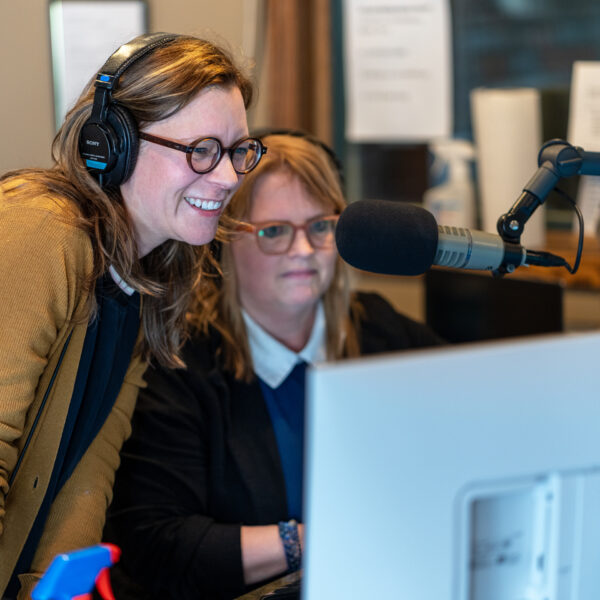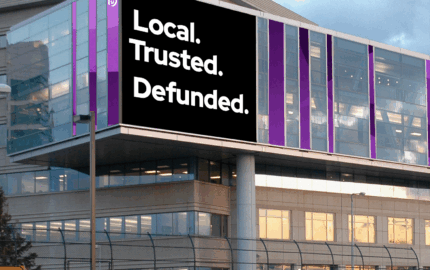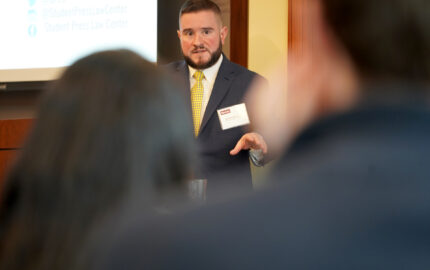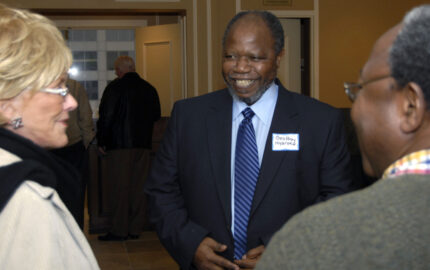KAXE, a community radio station in northern Minnesota, has seen a surge in donations since Congress voted recently to cut support for public broadcasting. At a fundraiser at a local brewery, they passed around a minnow bucket and were surprised to have it come back with $5,000 inside.
“We didn't know people cared that much,” said Heidi Holtan, the station’s director of content and public affairs, adding that they changed their summer fundraising message to focus on the lost money, and asking members to give more than usual.
“I didn't believe it could happen,” she said. “It's not very Minnesotan to ask for the big amount first.”
The station raised $162,000, and additional contributions are still coming in. A typical summer fundraiser for KAXE might generate $20,000.
Stations across the country have seen similar increases in donations, as listeners try to fill the gap left when Congress “clawed back” $1.1 billion meant for the Corporation for Public Broadcasting, which was set to distribute the money to public media stations and show producers.
The big question facing stations now is whether this surge of giving can last, and fill the gap Congress created.
KAXE hasn’t yet made up for its shortfall with individual donations. The station lost 13% of its budget, about $200,000. Some stations lost even more. At any level, this government money was vital to keep stations operating. Nonprofit stations use a combination of public funding, grants, and donations from listeners to pay for programs, to keep the website online and the towers broadcasting, and to retain a staff who can raise money from the community. “Holy cow, do benefits cost a lot,” Holtan said.
Losing one leg of support means relying more heavily on others, and those are weakening too, Holtan added. “We have good business support and stuff in our region, but they're going to be struggling with tariffs,” she said.
The station also lost $60,000 in arts funding from a state government fund. “That fund is based on sales tax, and sales tax was way down this year,” Holtan added. This leaves listeners and foundations to foot the bill.
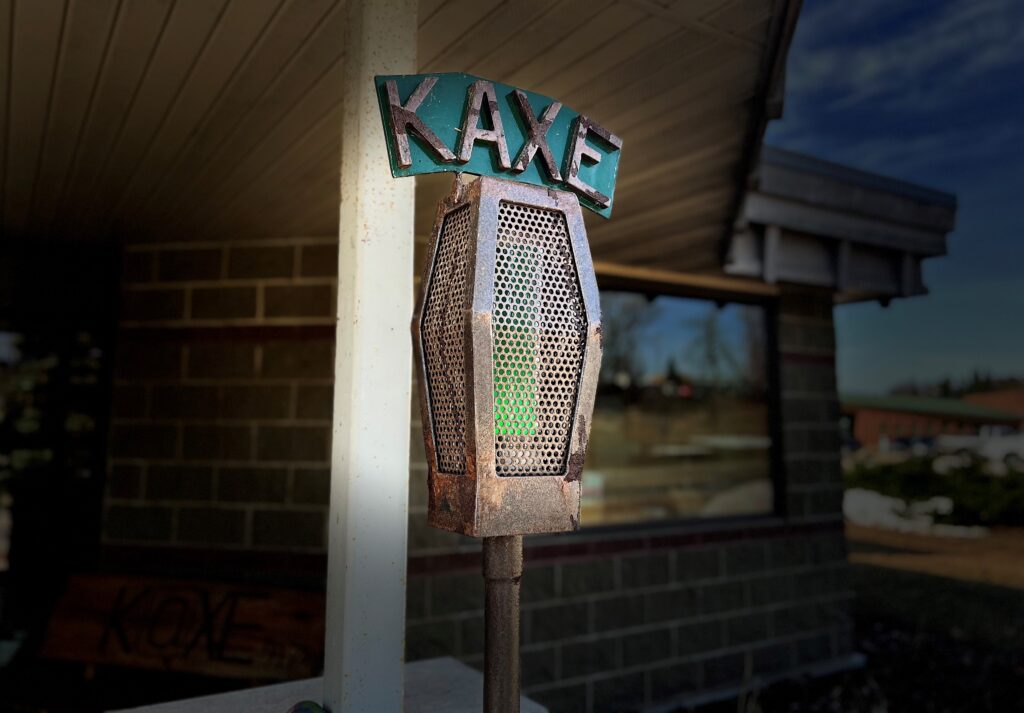
Many stations have fall fundraisers approaching, and it’s not clear whether people who might have given then already gave this summer. And the old adage that it takes money to make money applies to nonprofits. Sorting grants and organizing fundraisers takes working hours and working staff. “We have, like, two and a half people that focus on that, and it's not nearly enough,” Holtan said.
Holtan, who has worked at the station for 25 years, said the cuts come at a time when KAXE was expanding into local news. Three years ago, seeing a need for more community reporting, KAXE used a grant to hire three journalists and build its own newsroom, which increased the station’s total full-time staff to seventeen people, augmented by three part-time employees and over 100 volunteers. “Take a look at rural places,” Holtan said. “We have a newspaper in the town I live in. It's a corporate-owned newspaper. It is just press releases … They do the best they can. They're good people, but it is not … what people deserve who live here.”
KAXE’s main office is in Grand Rapids, but through additional broadcast towers, the signal reaches from North Dakota to nearly the Canadian border. With the newsroom, the station is building a stronger audience online, too: Holtan said web traffic has never been higher.
On air, the station plays a lot of music, hosts a weekly trivia show, and brings in local voices to the broadcasts of NPR shows like Morning Edition. “We had kids with nature reports,” Holtan said of the morning shift, which she’d just finished co-hosting. “We were talking about birds. I was talking about the loons I saw on the pontoon yesterday, and a lot of local content.”
KAXE exists alongside Minnesota Public Radio, a network based in St. Paul that has a large newsroom, remote bureaus, and a signal that broadcasts across the state. MPR has reach and resources (including a donor base and fundraising staff) beyond KAXE’s. “Minnesota Public Radio can do things that we cannot,” Holtan said. But there are advantages to having options along the dial, especially when those options are more closely localized. KAXE is made for a smaller region — their reporters grew up in the area, and they cover the community without the need to appeal to listeners in big cities or elsewhere in the state. “Northern Minnesota is a character in everything we do,” Holtan said.
Even a large network like MPR isn’t immune from the effects of funding cuts. MPR’s parent company, American Public Media Group, recently laid off 30 employees, about 6% of the staff, due to cuts in federal and state funding.
There are 17 nonprofit stations in a consortium with KAXE — some broadcasting to tribal communities — that aren’t part of MPR. Holtan fears some may only last three to six more months without additional funding. And KAXE is looking at scaling back — potentially putting a local music festival on hiatus after five years, due to funding cuts..
One story Holtan points to as an example of the newsroom’s growing efforts is a data project from one of the station’s reporters. It shows the election map of northern Minnesota rendered not in red or blue, the way it is in most stories—with the top half of the state a solid red. Instead, the colors are graded, showing the ratio of Democratic to Republican voters. Most counties are a shade of purple, showing more nuance in the community than outsiders might see, or that partisans might appreciate.
That nuance is fading. Public media itself has become a more strictly partisan topic, and some lawmakers avoid the airwaves. “It used to be, it was leaders of either party that believed in this,” Holtan said, adding that since the pandemic, “I can't get a Republican to be on the air with me.”
The newsroom has reported on other federal budget cuts in the region: the loss of U.S. Forest Service personnel maintaining the vast woods in case of a fire; the end of funding for a program that provides heating assistance to low-income households. Public media is one more local connection and safeguard that might be lost. It’s going to take a lot of minnow buckets to cover the gaps.
